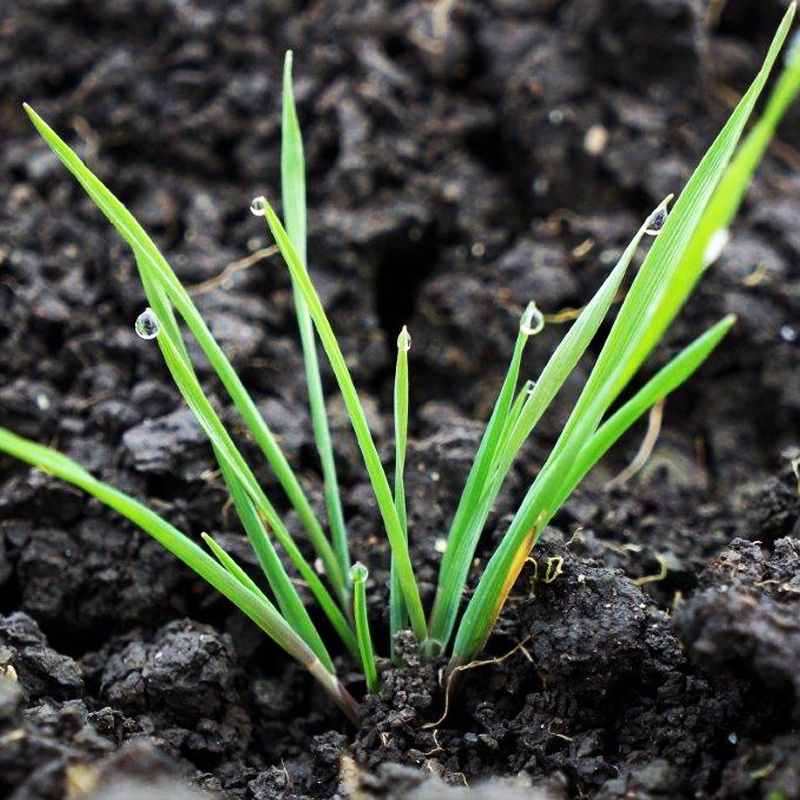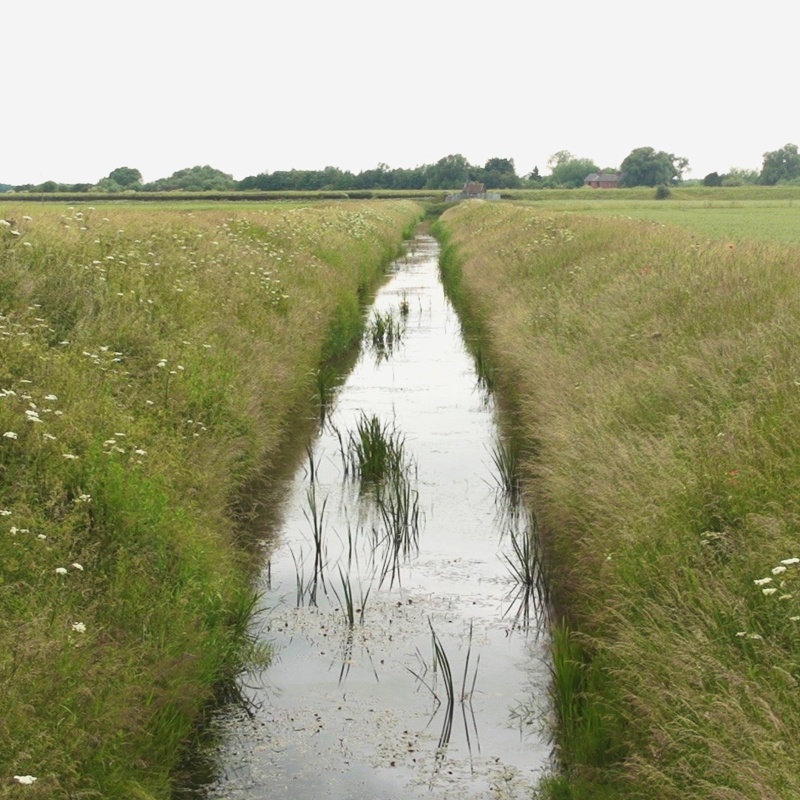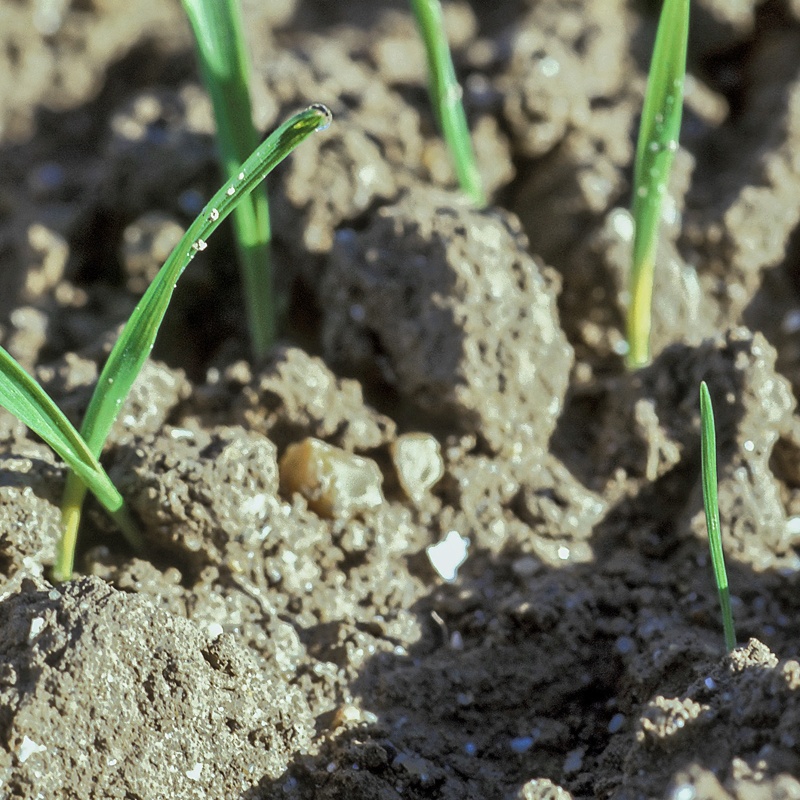2017 - Herbicide Resistance: the facts of the matter - part one

Part One
One of the biggest barriers to successful weed management is the growing problem of herbicide resistance, with the development of herbicide resistant black-grass being of particular concern. In Part one of this ‘Herbicide Resistance’ guide, Adama’s technical herbicide specialist, David Roberts, takes a detailed look at the types, cost and scale of herbicide resistance. In part two, due out next week, David will outline some practical management control and techniques for reducing the resistance risk on your farm.
The Basics
Put simply, resistance to an active ingredient is where a plant is able to overcome the dose rate that would previously have killed it. Resistance arises through naturally occurring mutations within the genetic structure of the target organisms.
Resistance arises to a crop protection product when a mutation in part of the population confers insensitivity to the active ingredient. Continued exposure selects these insensitive strains and, providing the mutation has not also carried with it a fitness penalty, they will increase to a point where field resistance becomes apparent.
In a process known as selection, an outside agent such as a crop protection chemical, exacerbates the problem by reducing the population of the original genetic form but failing to overcome the mutated, resistant gene. In the absence of competition, the new form predominates and control is either lost completely or eroded over time, depending on the type of resistance seen.
Modes of Resistance
Broadly speaking there are two types of resistance - enhanced metabolism and target site mutation.
Enhanced Metabolism:
With this type of resistance, genes within a target organism, such as a weed like black-grass (Alopecurus myosuroides), mutate to increase their metabolism rate of the active ingredient. This allows the plant to withstand the herbicide.
This type of resistance often manifests as a reduced control initially rather than a total loss. For example, the enhanced metabolism may overcome the active ingredient but when the dose rate is increased it is once again possible to control the mutated organism. However, further mutations may force the grower to increase dose rates until they become uneconomic or too great a risk to the environment.
Target Site:
To exert control, the chemical’s active ingredient needs to act like a biochemical key to a lock at a binding site within the plant’s DNA.
When a mutation changes the shape of the binding site, the active ingredient no longer fits and control is lost completely. In this case increasing the dose of an active ingredient will still not control the weed or pathogen. It is potentially a more difficult situation allowing the weed to proliferate unchecked.
The Cost and Scale of Herbicide Resistance
Herbicide-resistant black-grass is the major concern in weed populations, particularly as the range of active ingredients is limited. Black-grass resistance first occurred in England in 1982, but occurs across much of Europe where it is a particular problem in the more northern and western countries such as France, Belgium, the Netherlands, and Germany. It is also emerging to some extent in Scandinavia and Poland.
The most widespread resistance is of the enhanced metabolism and target site modes to Acetyl CoA Carboxylase inhibitor herbicides (ACCase). This situation is at its worst in England where herbicide resistant black-grass has been confirmed on over 20,000 farms. Testing has also confirmed over 132 cases of resistance to Acetolactate-synthase inhibitor herbicides (ALS) in the UK. Of these ALS-resistant varieties, eight out of nine were target site resistant. In other European countries ALS resistance is less common and is restricted mainly to heavier soils but is of increasing concern.
Germany reported its first case of resistance to ACCase, PSII inhibitors (ureas and amides) in 1983. By 2007 it was also reporting the problem to ALS inhibitors and long chain fatty acid inhibitors.
France reported ACCase resistance in 1993 and ALS resistance in 2006 with the hardest hit areas in the north of the country. In Denmark, about 30% of the blackgrass population is showing resistance to ACCase and ALS chemistry, but the major breakdown is to sulfonylurea. Danish growers face an additional difficulty in combating resistant black-grass in the form of a pesticide tax. Active ingredients which target long chain fatty acid production in the plant are the most effective option for the Danish grower, but a 100% tax is dissuading growers from using this form of chemistry. Instead the more vulnerable ALS-based products are being used in larger quantities because the tax is lower. Researchers are increasingly concerned that this policy will ultimately give rise to even greater resistance levels.
For the wider EU, herbicide resistance to annual broad-leaved weeds is a growing problem. The three-main species are chickweed, poppy and mayweed. France, Germany, Benelux and the UK all have a problem with these three species which are target-site resistant to ALS inhibitors.
Meanwhile Spain, in particular, has a severe problem with herbicide resistance in poppy. In the past five years, growth in resistance to ALS inhibitors has been exponential. The position now is wherever wheat is grown there will be resistant plants among populations.
Weeds compete for sunlight, water and nutrients so the main impact is seen in reduced yields. The impact of weed species is measured on a scale known as the ‘competitive index’. The index compares what population level of a weed per square metre will result in a 5% reduction in crop yield. Because of its ability to produce tillers, ryegrass needs only five plants/sq m to cause a 5% yield loss.
However, even though black-grass is ranked as less competitive on the index, with 12 plants/sq m needed to result in a 5% yield loss, it is a greater problem. This is because its populations are extremely high. It is not unusual to have in excess of 1,000 black-grass plants/sq m, creating a dense carpet of weeds in the autumn.
The natural lifecycle is well-suited to our current production pattern, soil types and applied nutrients. Its growing habit of shedding seeds before the crop can be harvested is a major factor in the weed’s prevalence.
As each black-grass seed head produces 100 seeds, the soil reservoir is considerable. Control levels of 98% of the population are required to keep pace with the weed threat at that level, but resistance means this figure cannot be achieved with herbicides alone. It is commonplace to get a 25% yield loss where black-grass is present and the cost of a herbicide programme to control it can be as high as £150/ha.
Factors Leading to the Resistance Problem
Earlier drill dates:
There has been a shift towards growing winter cereals in the pursuit of yields and these have been drilled much earlier. Typical drill dates were previously into October, now 50% of winter wheat is drilled in September. That suits black-grass because there is no fallow period in which a flush of grass weeds could be allowed to emerge and tackled with a glyphosate application.
Changing weather patterns:
Warmer temperatures and increasingly wet summers allow the proliferation of many grass weeds. There will undoubtedly be more epidemic years and consequently a greater potential for resistance to develop.
Withdrawal of active ingredients:
Legislative action has seen a number of active ingredients removed from the market. This has forced growers into using a smaller number of products as withdrawal has outstripped the development rate of new modes of action. The chemistry is becoming exhausted. This has created an over-dependence on a few key products and has fostered resistance.
Stubble burning ban:
Legislation also banned stubble burning which was a very effective method of controlling black-grass and a host of diseases.
Improper use of chemicals:
The improper use of crop protection chemicals – too many applications, too few applications, dose rates which are too high or too low can further exacerbate the rate of resistance. Growers are therefore advised to consult professional advice before changing the accepted application protocols for any herbicides and to consider using a range of active ingredients instead of relying on just one mode of action.
More Information
Make sure you view next week’s Seedbeds, Slugs and Stewardship Hub update for practical hints and tips on how to reduce the risk of herbicide resistance on your farm…
 United Kingdom
United Kingdom Select country
Select country




